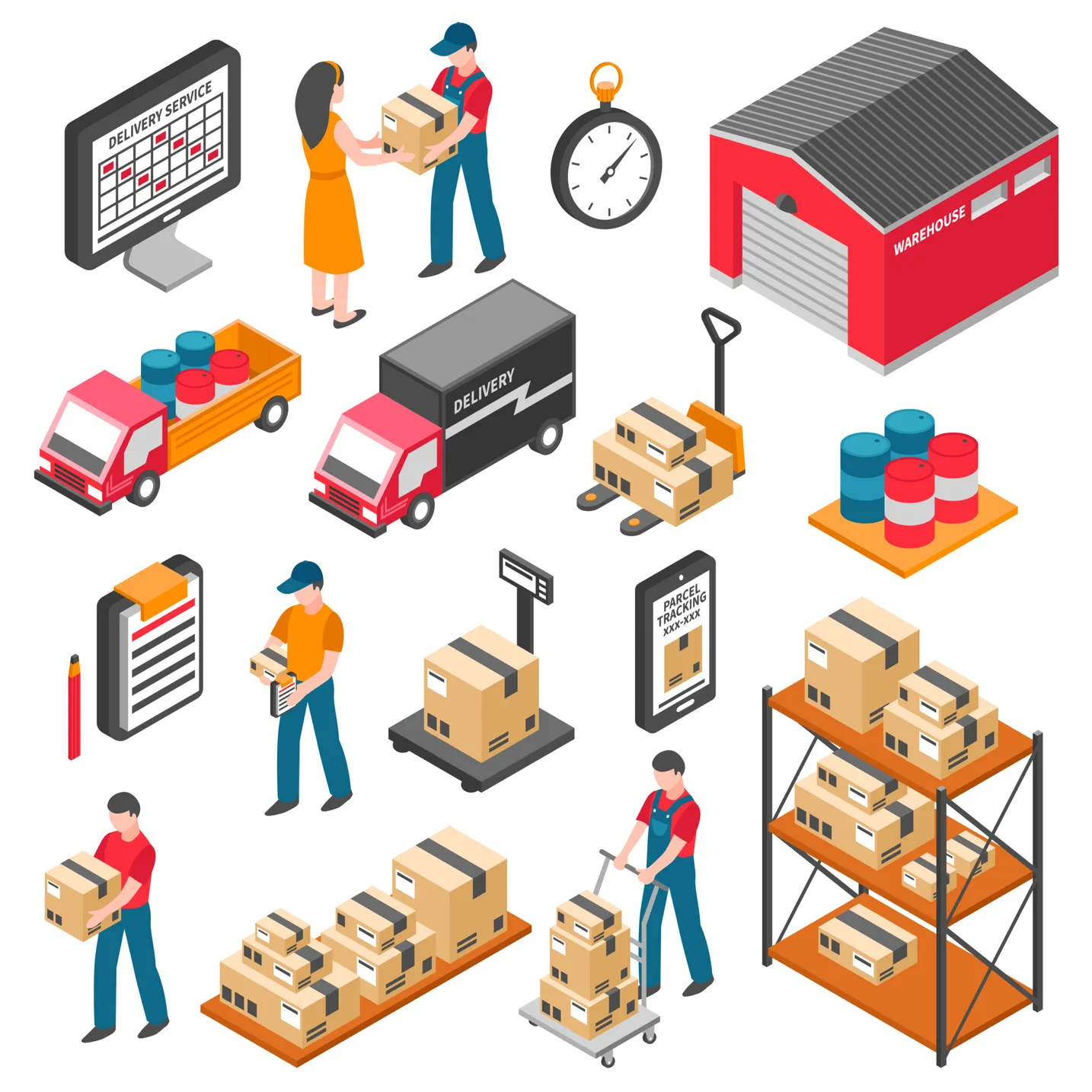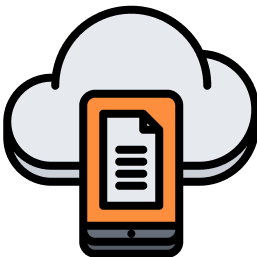-
 Warehouse
Warehouse
Management SystemAn SCM solution designed to optimize inventory control,
boosts efficiency, and enhances visibility across the
supply chain.Oracle
Oracle
Warehouse Management System
An SCM solution designed to optimize inventory control, boosts efficiency, and enhances visibility across the supply chain.
Optimize Your Warehouse for Long-Term Resilience.
Oracle Warehouse Management (WMS) enables companies to maximize their labor and space utilization and equipment investments by coordinating and optimizing resource usage and material flows. Specifically designed to support the needs of distribution, manufacturing, asset-intensive, and service businesses, Oracle Warehouse Management provides a single-platform across an entire global supply chain.


Most companies have made significant progress in optimizing their functional silos of warehousing, transportation, and manufacturing. However, there is still considerable potential to better orchestrate and align end-to-end processes across these functional silos.
With Oracle Warehouse Management, there’s a single solution for all aspects of business, encompassing distribution, discrete and process manufacturing, maintenance, spare parts, and field service.
In essence, WMS helps organizations succeed by enabling the adoption of best business practices across various facility types. It reduces costs by optimizing both resources and materials, while also providing maximum flexibility to respond to dynamically changing business objectives.
Oracle Warehouse Management System
Functionalities
Yard management
Dock appointment management
Receiving, cross docking, and directed putaway
Reverse logistics management
Inventory Management
Kitting and de-kitting
Cycle counting
Wave management allocation
Replenishment management
Route and shipment management
Store distribution management
Tasking & location management
Value Added Services (VAS)
Mobile User Interface support for barcode scanning
Diverse picking strategies and directed packing
Contact Us
Fill up the form and we will contact you immediately
Explore other Oracle Supply Chain Management Solution
Salesforce offers a wide range of products and services designed to help businesses manage their customer relationships, streamline operations, and drive growth.

Oracle Transport Management System
Oracle Transport Management suitable for businesses of various sizes and industries, including manufacturers, distributors, retailers, and third-party logistics providers.
Get in Touch
Your system requirements are important to us! Call us to schedule a consultation and get faster assistance.

Phone Number
09171069478

inquire@cloudtecherp.com

Map Street


 Download Datasheet
Download Datasheet